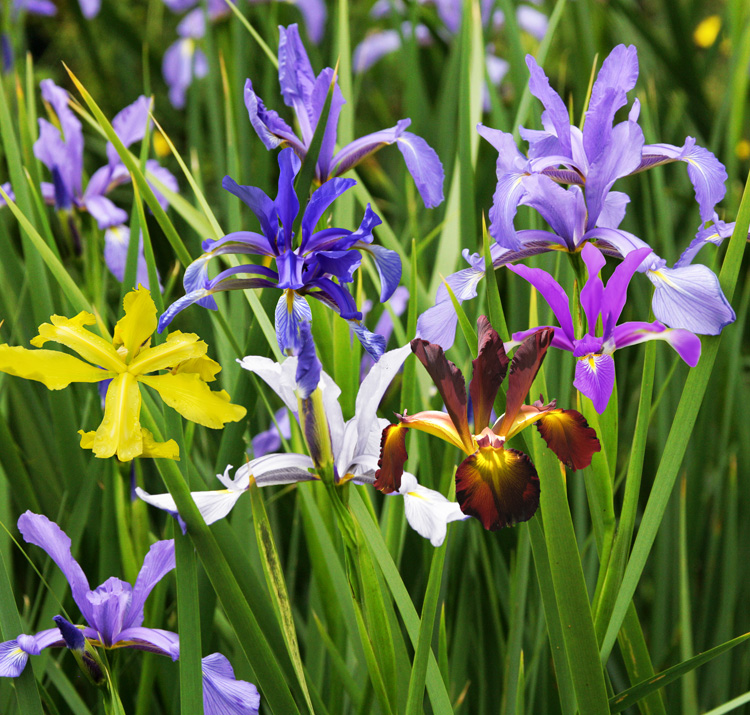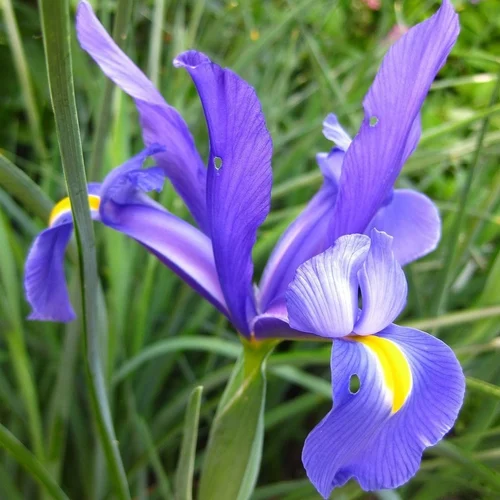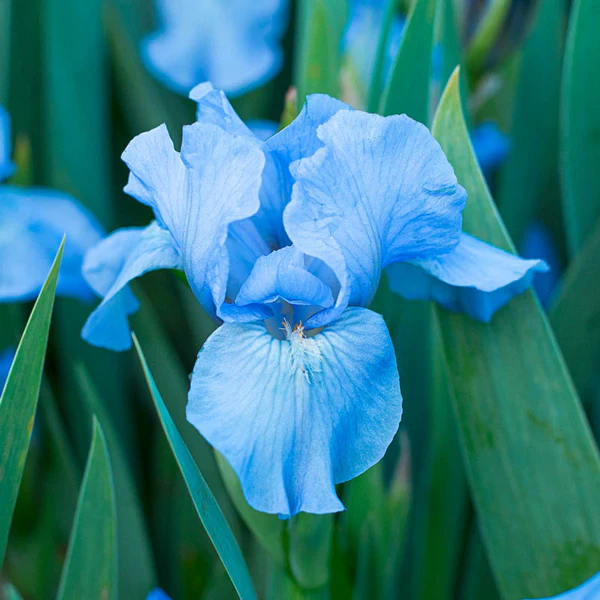When you think of some of the world’s most enchanting and classic flowers, irises certainly belong on the list. Revered for their striking blooms, dramatic shapes, and diverse color range — from deep purples and brilliant blues to delicate yellows and pristine whites — irises have captivated gardeners, florists, and flower enthusiasts for centuries.
But beyond their beauty lies a powerful floriculture industry that supplies millions of iris flowers and bulbs worldwide every year. So, which country is the largest iris producer in the world? The answer, perhaps unsurprisingly, is The Netherlands. Let’s explore how this small European nation rose to global dominance in iris production, the history of this flower, and the other countries contributing to its cultivation.
A Brief History of the Iris Flower

The iris belongs to a genus of around 300 species of flowering plants in the family Iridaceae. Native to temperate regions of Europe, Asia, and North America, irises have long been appreciated for their regal, sword-like leaves and intricate flowers.
Historically, irises were revered in ancient Egypt and Greece, used as medicinal herbs and religious symbols. The flower’s name originates from the Greek goddess Iris, who was believed to link heaven and earth.
Today, irises are grown worldwide as ornamental plants in gardens, landscapes, and for commercial cut-flower markets. From the bearded irises popular in home gardens to the sleek, elegant Dutch irises often found in florists’ arrangements, the flower has a wide range of commercial varieties.
Global Iris Production: An Overview
Commercial iris production consists of two key sectors:
- Bulb and rhizome cultivation — for gardeners and landscapers.
- Cut-flower production — for florists, events, and export markets.
While countries like the United States, France, Japan, and New Zealand have their own iris-growing traditions, one nation leads the global iris industry by a considerable margin.
The Netherlands: The World’s Largest Iris Producer

The Netherlands is universally recognized as the largest producer and exporter of irises in the world. This small yet agriculturally advanced country has built a world-class flower industry centered on both bulb production and cut-flower exports — with irises playing a significant role alongside tulips, daffodils, lilies, and hyacinths.
Key Facts About Dutch Iris Production:
- The Netherlands produces over 85% of the world’s iris bulbs for export markets.
- It also leads global production of fresh-cut iris flowers, supplying millions of stems to markets in Europe, North America, and Asia annually.
- Dutch growers manage extensive fields dedicated to bulb cultivation, as well as highly advanced greenhouses for cut-flower production.
- Major iris-growing regions in the Netherlands include North Holland, South Holland, and Flevoland.
Why The Netherlands Leads Global Iris Production
Several factors explain why the Netherlands has become the world’s foremost iris-producing country:
Ideal Climate and Soil
The country’s temperate maritime climate and sandy, well-drained soils offer optimal conditions for growing iris bulbs and flowers. Cool winters and mild summers help irises thrive without extreme weather.
Advanced Horticultural Technology
The Dutch floriculture industry is one of the most technologically advanced in the world, featuring modern greenhouses, precision-controlled irrigation, and climate regulation systems. This infrastructure allows for year-round production and ensures consistently high-quality flowers and bulbs.
Global Trade Networks
The Netherlands is home to Royal FloraHolland, the largest flower auction in the world, based in Aalsmeer. Dutch growers ship their irises through this centralized system to markets across Europe, North America, Asia, and beyond.
Leading Breeding Programs
Dutch plant breeders and nurseries are at the forefront of developing new iris varieties with improved disease resistance, larger blooms, and diverse colors. The Netherlands has contributed hundreds of cultivars that are now popular worldwide.
Strong Floriculture Tradition
With a long history in flower cultivation dating back to the 17th-century Dutch Golden Age, the Netherlands has developed expertise, infrastructure, and a global reputation for excellence in floriculture.
Other Important Iris-Producing Countries

While the Netherlands dominates iris production, several other nations contribute meaningfully to the global market:
United States
The U.S. has a significant iris-growing community, especially for bearded irises and Japanese irises. Major production regions include Oregon, California, and Washington. Several American growers also produce irises for export, though mostly for domestic markets.
New Zealand
New Zealand is a noteworthy iris producer, particularly in the Southern Hemisphere. Its cool, moist climate makes it ideal for bulb cultivation and off-season flower production, supplying markets when Northern Hemisphere production slows.
Japan
Japan specializes in Japanese irises (Iris ensata), which are culturally significant and widely cultivated for their elegant blooms. Japanese growers primarily focus on domestic demand, though some export exists.
France
France, particularly in Provence and Brittany, has a rich iris-growing tradition, often associated with the perfume industry. Orris root, derived from the rhizomes of Iris germanica, has been used in perfumery for centuries.
Global Iris Market Trends
As the demand for ornamental flowers and home gardening products rises globally, the market for irises continues to grow steadily. Key trends shaping the future of iris production include:
- Increased interest in sustainable and organic cultivation practices.
- Expansion into new emerging markets in Asia and the Middle East.
- Rising popularity of homegrown cut flowers, driving demand for easy-to-grow iris bulbs.
- Breeding programs focusing on disease-resistant and climate-resilient varieties.
The Netherlands is expected to retain its leadership role due to its robust infrastructure and global trade networks.
Summary of Leading Iris-Producing Countries

| Country | Production Focus | Global Market Role |
|---|---|---|
| Netherlands | Bulbs, rhizomes, cut flowers | Largest global producer and exporter |
| United States | Bearded and Japanese irises | Significant domestic production and niche exports |
| New Zealand | Bulb cultivation and off-season flowers | Key supplier for Southern Hemisphere markets |
| Japan | Japanese irises | Culturally significant, mainly domestic markets |
| France | Rhizomes for perfumery, ornamental uses | Niche producer, historic irises for perfumes |
Conclusion

So, to answer the question “Which country is the largest iris producer in the world?” — it’s The Netherlands by a wide margin. This small yet agriculturally powerful country produces and exports the vast majority of iris bulbs and cut flowers worldwide.
Through a combination of favorable natural conditions, advanced horticultural infrastructure, centuries of floriculture expertise, and global trade networks, the Netherlands continues to set the standard for commercial iris production. While other countries like the United States, Japan, New Zealand, and France play important roles in specific niches, none match the sheer scale and efficiency of the Dutch iris industry.
Whether you’re buying a bunch of fresh irises at your local florist or planting bulbs in your garden, there’s a good chance those flowers came from the Netherlands — the undisputed capital of global iris production.



